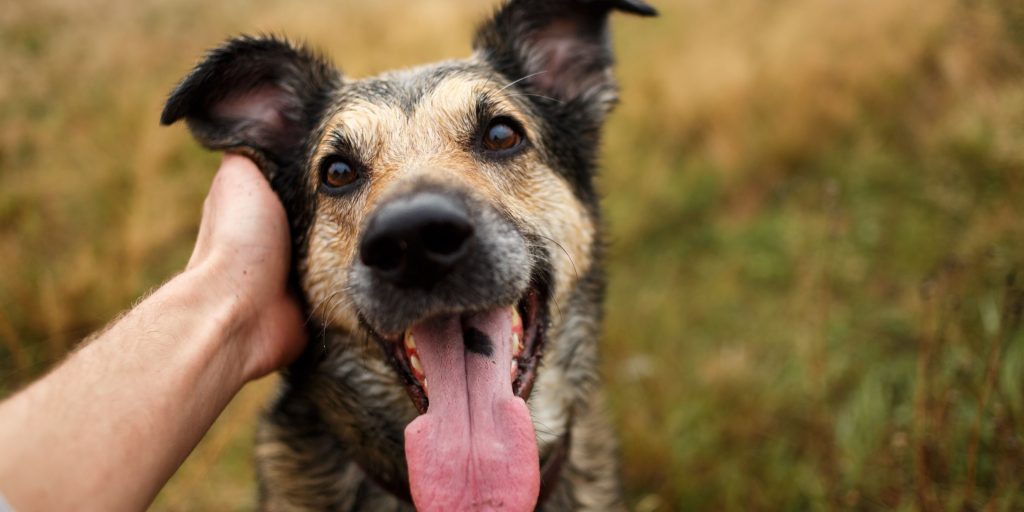The post aims to educate dog parents on the signs of heat stroke in dogs and provide practical steps to avoid this potentially life-threatening condition. By highlighting the importance of preventative measures such as adequate hydration and rest breaks, we aim to raise awareness of this issue and encourage readers to take action to keep their furry companions safe.

As temperatures rise during the summer months, it’s important to be aware of the signs of heat stroke in dogs. Heat stroke can be life-threatening and can occur when a dog’s body temperature rises above 104°F (40°C). As responsible pet owners, it’s our duty to keep our furry friends safe and healthy. Here are the signs of heat stroke in dogs and steps you can take to prevent it.
Signs of Heat Stroke in Dogs:
The signs of heat stroke in dogs can vary, but some common symptoms include:
- Heavy panting
- Excessive drooling
- Rapid heartbeat
- Vomiting
- Diarrhea
- Weakness or lethargy
- Seizures
- Collapse or loss of consciousness
If you notice any of these symptoms in your dog, it’s important to take action immediately. Heat stroke can be fatal if not treated promptly.
Steps to Prevent Heat Stroke in Dogs:
Preventing heat stroke in dogs is easier than treating it. Here are some steps you can take to keep your dog safe during the hot summer months:
- Provide plenty of water: Always make sure your dog has access to fresh, cool water. Keep water bowls in shady areas, and refill them frequently.
- Limit outdoor activities: Avoid exercising your dog during the hottest parts of the day. If you do take your dog for a walk, keep it short and stay in shaded areas.
- Provide shade: Make sure your dog has access to shaded areas when outside. This can be a tree, an umbrella, or a covered patio.
- Keep your dog cool: You can keep your dog cool by providing a shallow pool or sprinkler for them to play in, or by wetting their fur with cool water.
- Never leave your dog in a parked car: Even with the windows cracked, the temperature inside a parked car can rise to dangerous levels very quickly.
- Be aware of your dog’s breed and health: Some dog breeds are more susceptible to heat stroke than others. Dogs with thick coats, short noses, or underlying health conditions may be more at risk. Talk to your vet about your dog’s individual needs.
- Know the signs of heat stroke: By knowing the signs of heat stroke, you can take action quickly and prevent a serious health emergency.
Conclusion:
Heat stroke can be a serious and life-threatening condition for dogs. As responsible pet owners, it’s our duty to take steps to prevent it. By providing plenty of water, and shade, and keeping your dog cool, you can help keep them safe during the hot summer months. If you notice any signs of heat stroke, take action immediately and seek veterinary care. Remember, prevention is always better than cure. Stay informed, stay aware, and keep your furry friend safe and healthy.

Frequently Asked Questions:
What causes heat stroke in dogs?
Heat stroke can be caused by exposure to high temperatures and humidity, especially when a dog is unable to cool down by panting or sweating.
What are the signs of heat stroke in dogs?
Signs of heat stroke in dogs can include heavy panting, excessive drooling, rapid heartbeat, vomiting, diarrhea, weakness or lethargy, seizures, and collapse or loss of consciousness.
How can I prevent heat stroke in my dog?
You can prevent heat stroke in your dog by providing plenty of water, limiting outdoor activities during the hottest parts of the day, providing shade, keeping your dog cool, never leaving your dog in a parked car, and being aware of your dog’s breed and health.
How can I keep my dog cool during the summer months?
You can keep your dog cool during the summer months by providing plenty of water, shade, and cool surfaces to lie on. You can also use a shallow pool or sprinkler for your dog to play in, or wet your dog’s fur with cool water.
What should I do if I suspect my dog has heat stroke?
If you suspect your dog has heat stroke, it’s important to take action immediately. Move your dog to a cool, shaded area, wet their fur with cool water, and offer them small amounts of cool water to drink. Contact your vet or an emergency vet clinic for further guidance and treatment.
How can I tell if my dog is dehydrated?
Signs of dehydration in dogs can include dry gums, sunken eyes, loss of skin elasticity, lethargy, and loss of appetite.
Can all dogs get heat stroke?
All dogs can get heat stroke, but some breeds may be more susceptible than others. Dogs with thick coats, short noses, or underlying health conditions may be more at risk. Talk to your vet about your dog’s individual needs.



